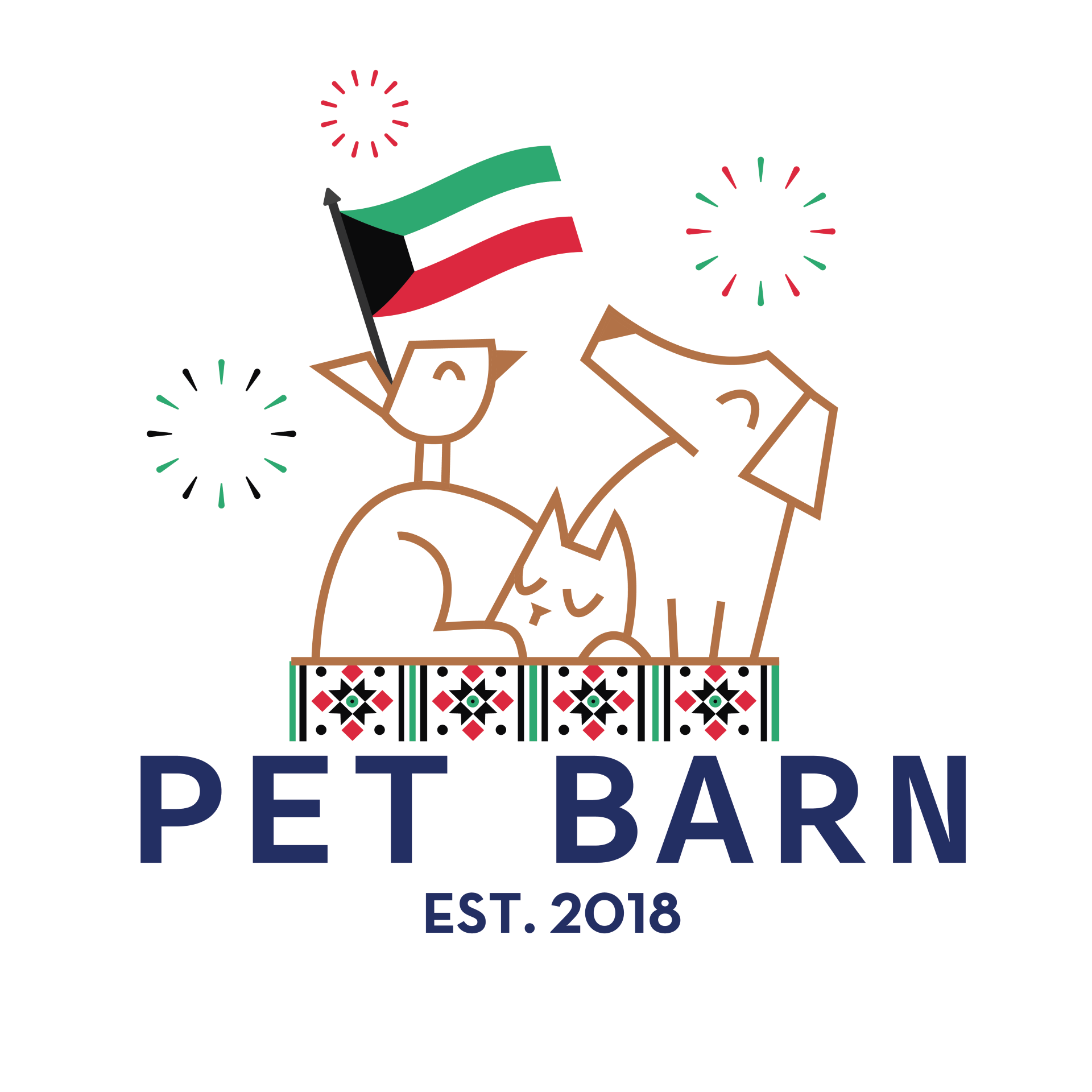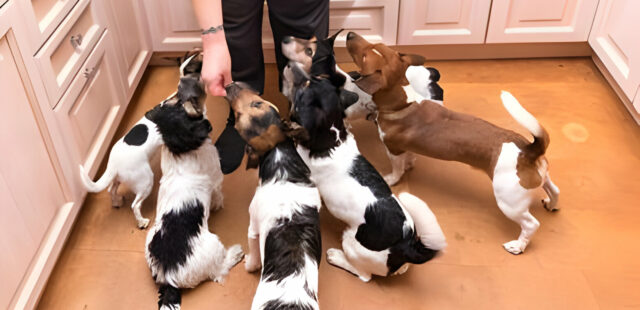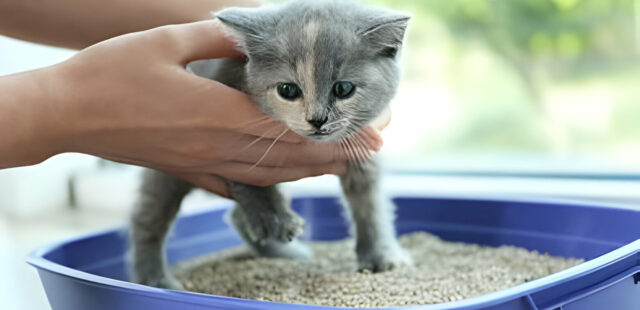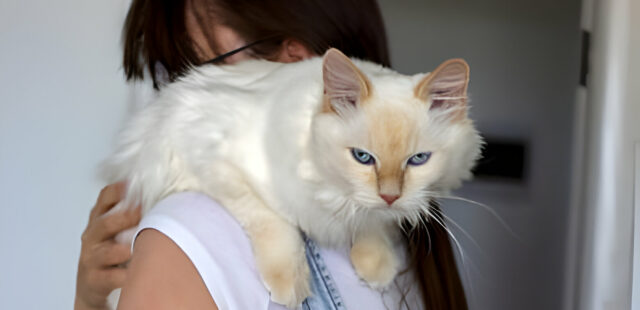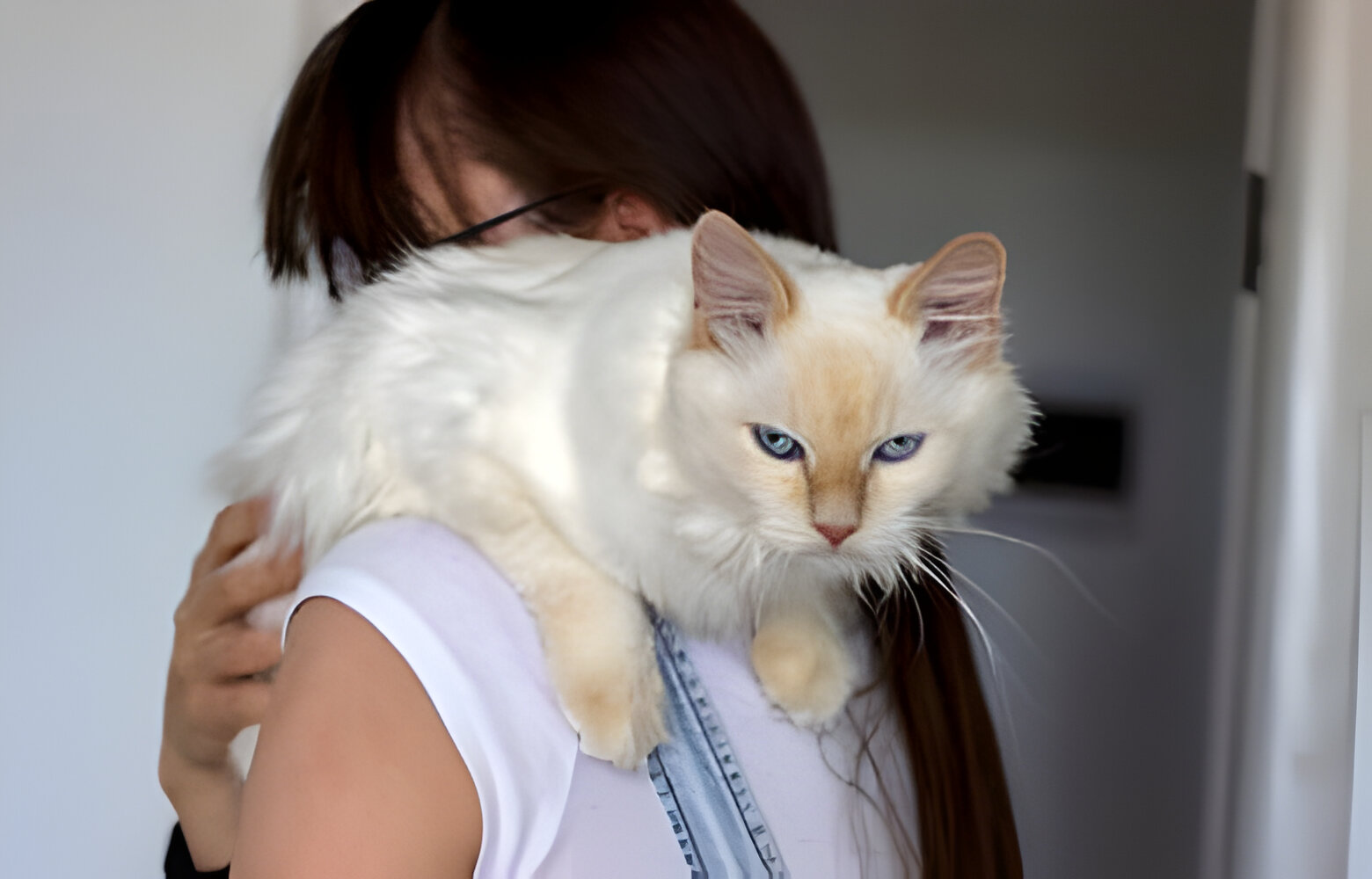Having multiple dogs can be incredibly rewarding, offering companionship, laughter, and countless cherished moments. However, managing multiple dogs at home also presents unique challenges that require careful consideration and planning. From establishing a harmonious pack dynamic to ensuring each dog’s individual needs are met, there’s a lot to juggle. Here are some valuable tips to help you manage multiple dogs at home successfully.
Understanding Pack Dynamics
Dogs are naturally pack animals, and understanding their social structure is crucial when managing a multi-dog household. Each dog will naturally seek a place within the pack hierarchy, and it’s essential to establish a clear leadership role to prevent conflicts.
1. Leadership and Consistency
Establish yourself as the pack leader by being consistent with rules, routines, and training. Dogs are more likely to respect and obey a consistent and confident leader, reducing the risk of conflicts and behavioral issues.
2. Avoiding Favoritism
While it’s natural to have a closer bond with one dog over another, it’s essential to avoid showing favoritism. Ensure each dog receives equal attention, affection, and training to prevent jealousy and rivalry.
3. Recognize Individual Personalities
Each dog has a unique personality, energy level, and temperament. Understanding and respecting these differences can help you address their needs and prevent conflicts.
Managing Individual Needs
Catering to each dog’s requirements is vital for their well-being and happiness.
1. Personalized Attention
Spend quality one-on-one time with each dog to strengthen your bond and address their specific needs. This could include individual playtime, training sessions, or cuddle time.
2. Proper Nutrition
Provide each dog with a balanced and nutritious diet tailored to their age, size, and activity level. Consider consulting with a veterinarian or pet nutritionist to ensure your dogs are getting the right nutrients.
3. Separate Spaces
Offer separate spaces for each dog to rest and relax. Whether it’s individual crates, beds, or designated areas, having their own space can reduce tension and give them a sense of security.
Training and Socialization
Proper training and socialization are crucial for managing a harmonious multi-dog household.
1. Obedience Training
Enroll your dogs in obedience training classes to establish basic commands and good manners. Training sessions should be conducted individually to focus on each dog’s needs and progress.
2. Socialization
Regular socialization with other dogs and people is essential for preventing aggression and fearfulness. Organize playdates, visit dog parks, or attend dog-friendly events to help your dogs become well-adjusted and confident.
3. Addressing Behavioral Issues
Addressing and correcting behavioral issues promptly is crucial for maintaining harmony in a multi-dog household. Seek professional help from a certified dog trainer or behaviorist if needed.
Establishing Routines and Boundaries
Creating a structured routine and setting clear boundaries can help maintain order and reduce conflicts in a multi-dog household
1. Consistent Schedule
Establish a consistent daily routine for feeding, walking, and playtime. Consistency helps reduce anxiety and gives your dogs a sense of security and predictability.
2. Clear Boundaries
Set clear boundaries and rules for behavior, such as not allowing begging during meals or jumping on furniture. Consistency is key, and all family members should adhere to the same rules to avoid confusion.
Health and Wellness
Maintaining the health and wellness of multiple dogs requires diligence and regular veterinary care.
1. Regular Vet Check-ups
Schedule regular veterinary check-ups for each dog to monitor their health, vaccinations, and preventive care needs. Early detection and treatment of health issues can prevent more serious problems down the road.
2. Exercise and Mental Stimulation
Ensure each dog gets enough physical exercise and mental stimulation to prevent boredom and destructive behaviors. Regular walks, interactive toys, and puzzle games can help keep your dog’s physically and mentally fit
Creating a Peaceful Environment
Creating a peaceful and stress-free environment is essential for the well-being and happiness of your dogs.
1. Calm and Assertive Energy
Maintain a calm and assertive energy when interacting with your dogs. Dogs can sense your emotions, and a calm demeanor can help reduce anxiety and create a peaceful atmosphere.
2. Provide Comfort and Security
Offer plenty of comfortable sleeping areas, toys, and interactive games to keep your dogs entertained and provide them with a sense of comfort and security.
Managing multiple dogs at home can be a fulfilling experience with the right approach and care. By understanding pack dynamics, addressing individual needs, implementing proper training and socialization, establishing routines and boundaries, and prioritizing health and wellness, you can create a harmonious and happy multi-dog household.
Remember, each dog is unique, and what works for one may not work for another. Be patient, observant, and willing to adjust your strategies as needed to ensure a loving and peaceful environment for all your furry family members.
By following these tips and guidelines, you can enjoy a loving, peaceful, and harmonious relationship with all your dogs, ensuring a happy and fulfilling life for each one of them.
